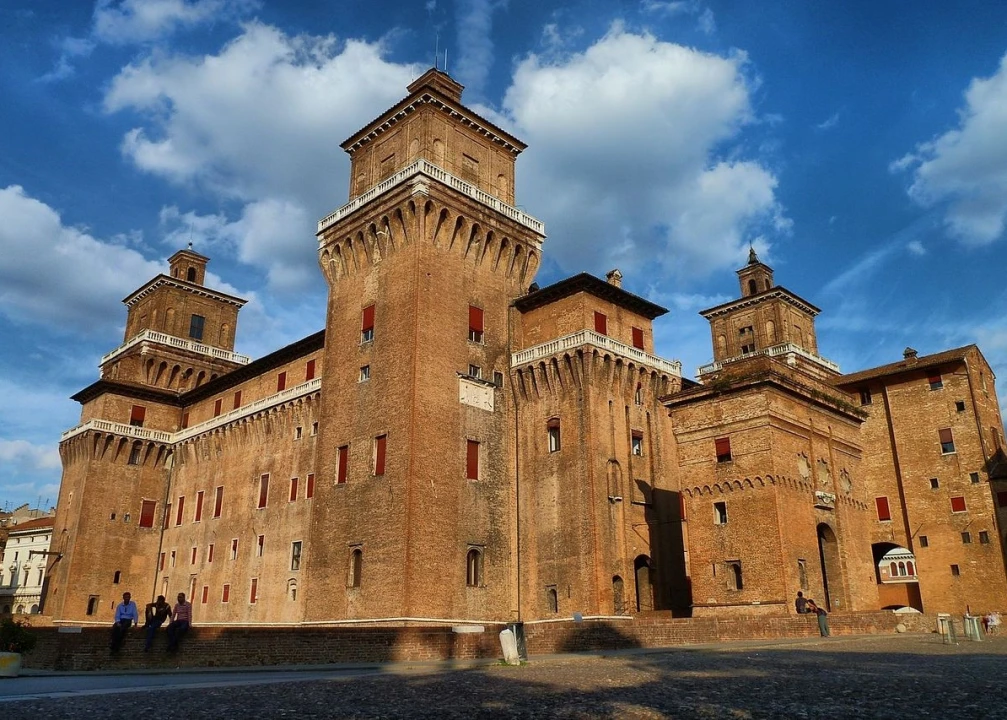The city of Ferrara rises on the banks of the Po di Volano River, in the southern plain of Emilia. Over the centuries, this magnificent city has been able to maintain the great prestige it experienced during the era of the House of Este.
In fact, the Este family is attributed with the ambitious urban project (defined Herculean Addition) that transformed Ferrara from a medieval citadel into a true Renaissance masterpiece. The golden age of the House of Este began with the foundation of the local university in 1391; thence the family's power augmented to such an extent that the Este Court acted within the most important European power circles.
Humanists and artists the likes of Leon Battista Alberti, Piero della Francesca and Titian visited the city in those days, as did great scholars, such as Boiardo, Ariosto and Tasso who in his verses paid homage to the Dukes of Este.
Ercole I d'Este pushed successfully for new urban plans that, to this day, capture the spirt of the Renaissance and that charming merger between the old and new. Ferrara's inclusion as an UNESCO World Heritage Site is mostly a consequence of this "Herculean Addition."
The old town center is one of the best-preserved examples of a Medieval city, dotted with several monuments, churches, cloisters, green expanses, historic buildings and palazzi; first and foremost among them is the Estense Castle. Built on a 1385 commission by Niccolò II d'Este, the castle was a square brick defensive fortress with 4 towers and surrounded by a moat. During the seigniory of Ercole I d'Este, the castle became the residence of the Court; it was thus embellished with elegant balconies, and the towers refined.
The courtyard was frescoed with portraits of all the members of the Este clan. Several Medieval rooms can be toured today, including the ducal flats, kitchens and prisons.
Prior to the Estense Castle, the residence of the Dukes of Este was Palazzo Municipale, the current seat of the Town Hall. Initiated in 1245, the building took on its current size at the end of the 15th Century; however, a façade was restored in Neo-Gothic style in the 1900s. An interior walkway (Via Coperta) connects it to the Estense Castle. Once inside the main entrance (known as the Volto del Cavallo, with a bronze statue on either side of it), one can find the marvelous ducal courtyard (Piazza del Municipio). Inside, several finely-adorned rooms can be toured.
A most charming spot in this monumental area was the so-called Quadrivio degli Angeli intersection, formed by Palazzo dei Diamanti, Palazzo Prosperi-Sacrati and Palazzo Turchi di Bagno.




